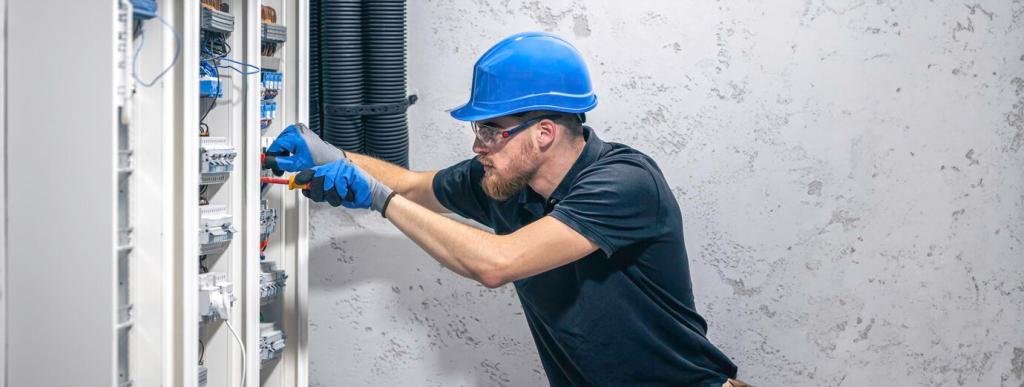Preventive vs. Reactive Solar Panel Maintenance: Choose Uptime Over Downtime
Chosen theme: Preventive vs. Reactive Solar Panel Maintenance. Explore how proactive care preserves energy yield, safeguards warranties, and keeps your array producing at its peak—while reactive fixes scramble to catch up after failures.



Performance and Energy Yield Under Preventive vs. Reactive Strategies
Dust, pollen, and bird droppings quietly chip away at generation. Studies frequently report several percentage points lost to soiling, and windy agricultural areas can suffer worse. Preventive cleaning plans limit these invisible losses, while reactive cleanup arrives after months of underperformance have already eroded your expected energy yield.
Costs, Budgets, and ROI with Preventive vs. Reactive Care
CapEx vs. OpEx reality
Solar feels like a capital expense story, but performance depends on ongoing operational discipline. A modest preventive budget funds cleanings, inspections, and analytics that protect revenue. Reactive budgets balloon unpredictably with rush fees, lift rentals, and repeated site visits that strain cash flow and complicate annual planning.



Safety, Compliance, and Warranties in Preventive vs. Reactive Maintenance
Preventive checks confirm proper labeling, intact insulation, secure terminations, and correct torque on lugs. Early detection of corrosion, UV-cracked jackets, or loose connectors prevents arcing events. In reactive scenarios, issues often surface under stress, when weather or load conditions raise both risk and repair complexity.
Safety, Compliance, and Warranties in Preventive vs. Reactive Maintenance
Thermal imaging during preventive visits reveals hotspots at connectors, diodes, or bypass paths before they escalate. Correcting torques and reseating plugs take minutes compared to fire-related shutdowns. Reactive-only teams usually discover these problems after nuisance trips, smoky smells, or scorched backsheets demand immediate, disruptive intervention.
Your Preventive Maintenance Toolkit for Solar Reliability
Build a seasonal plan: spring cleaning after pollen, mid-summer thermography, autumn torque checks before storms, and winter monitoring reviews. Tie tasks to weather patterns, site risks, and historical alerts. Consistency turns small, simple chores into lasting reliability and protects performance through the toughest months of the year.

When Reactive Maintenance Is Unavoidable
01
Triage and root-cause clarity
In a failure, resist guesswork. Validate alarms, isolate affected strings, and confirm measurements with on-site tests. Log conditions, probable causes, and immediate fixes. Then schedule a follow-up preventive review to ensure the same combination of weather, wear, and workflow does not trigger a repeat failure.
02
Parts logistics and response time
Stock critical spares—fuses, MC4 connectors, and a replacement inverter if feasible. Maintain vendor contacts and serials for quick RMAs. Clear access protocols and site maps shave hours off response time, turning a potentially prolonged outage into a short, contained event with minimal production consequences.
03
Close the loop with lessons learned
After any reactive repair, fold findings into your preventive plan: adjust inspection cadence, add new alerts, or update torque specs. This learning loop transforms emergencies into future resilience, steadily shrinking the window between anomaly detection and resolution across your entire solar portfolio.
Join the Conversation: Build a Preventive Mindset
Have you faced a reactive emergency or rescued yield with a timely inspection? Tell us what happened, what you changed, and the impact. Your experience can help another reader avoid the same stumble and lean confidently into preventive habits.

